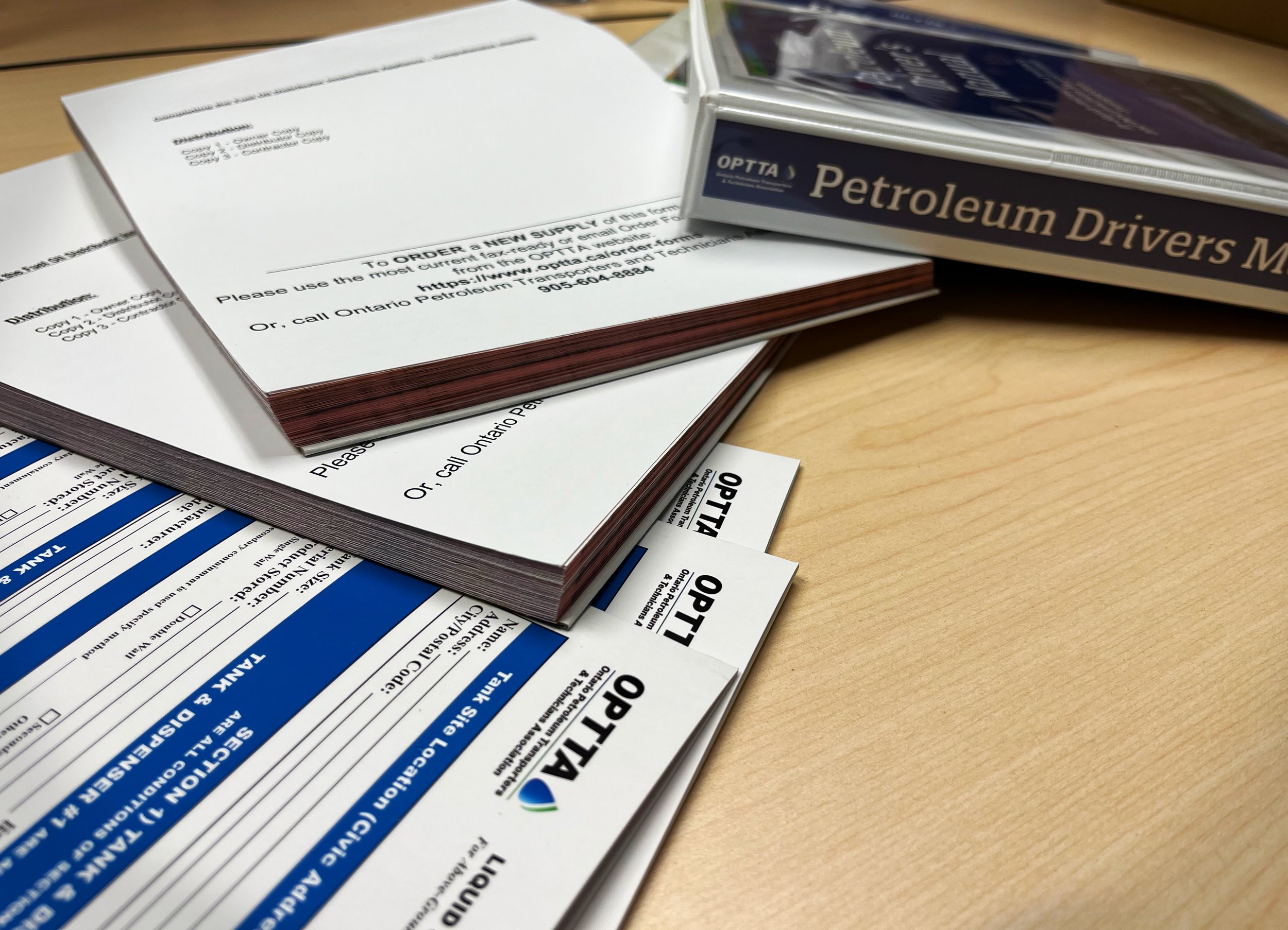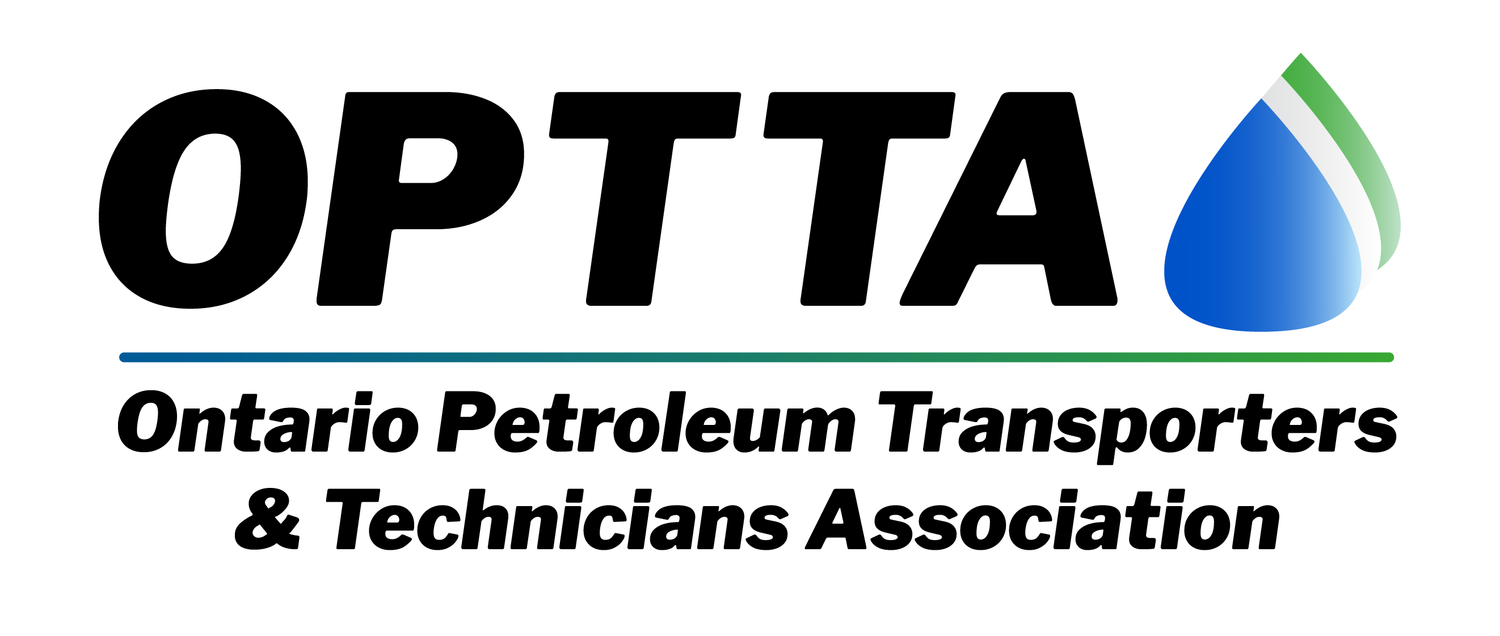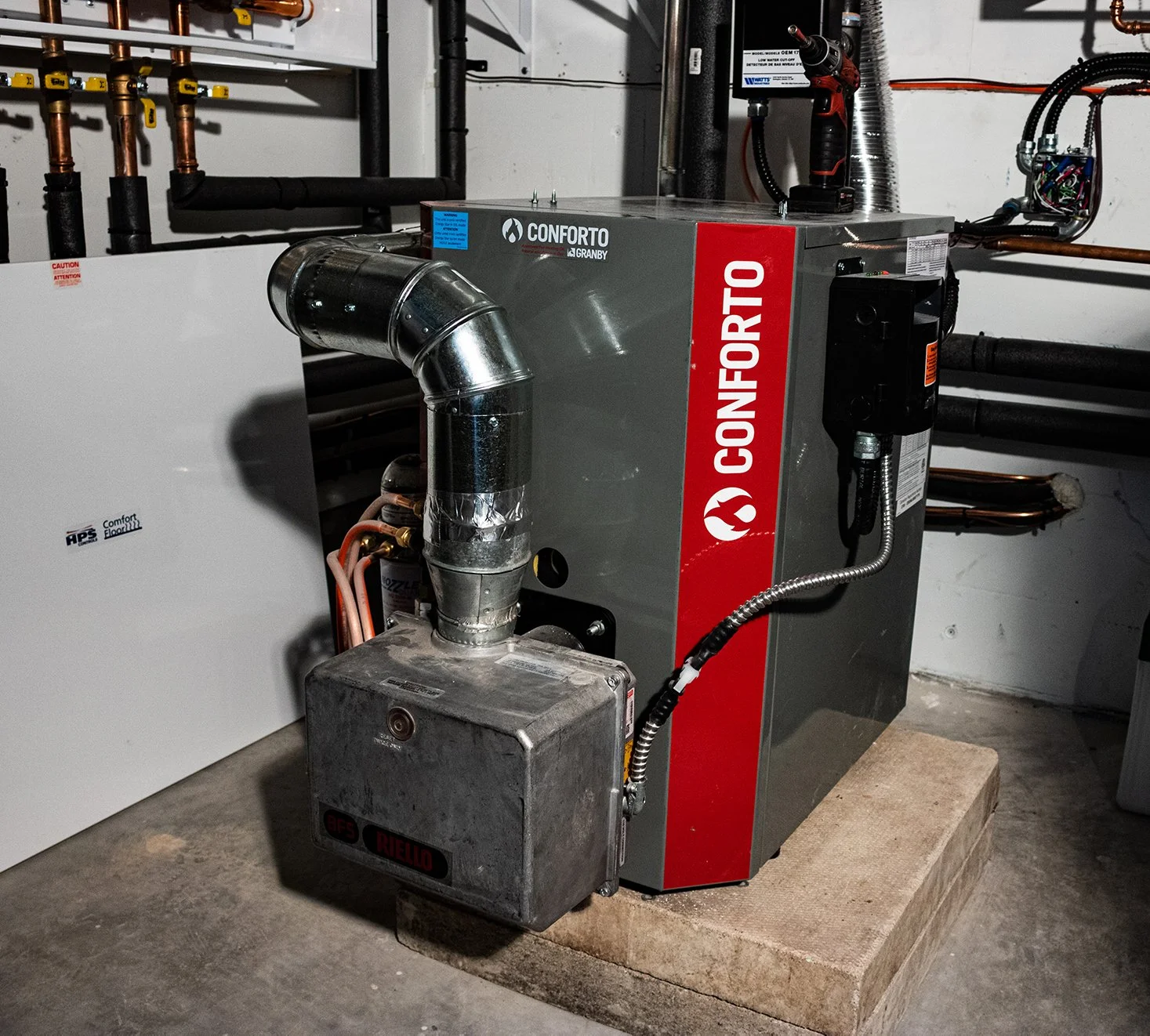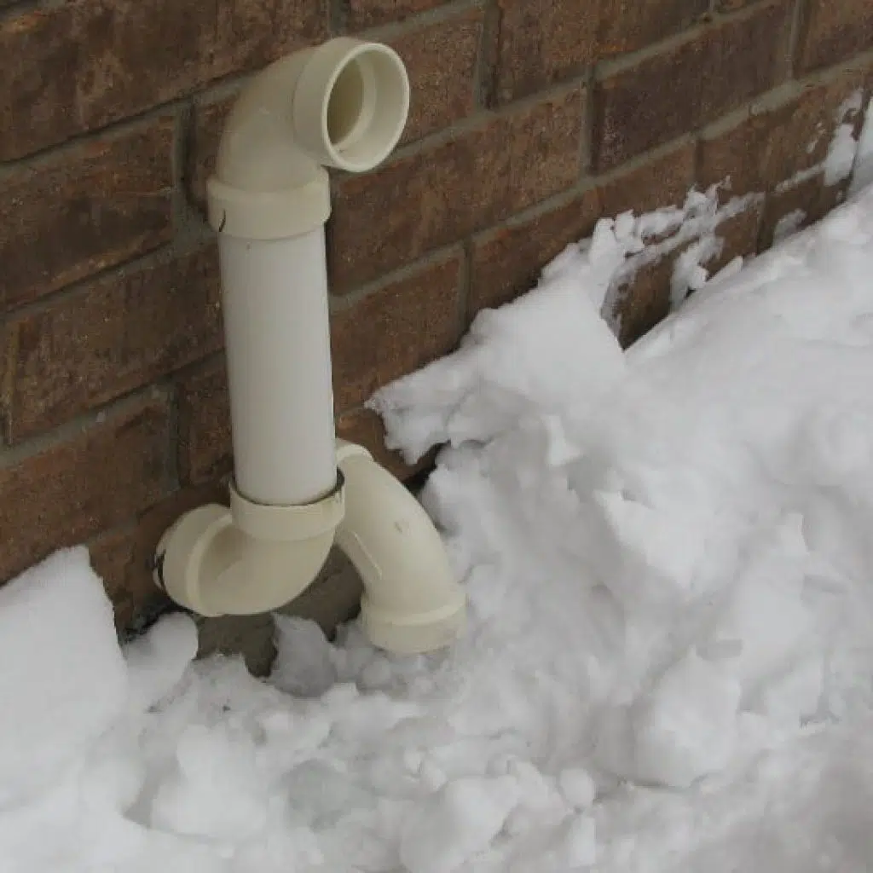
PUBLIC RESOURCES
HOME SAFETY
Best Practices Video
TSSA CO Silent Killer Video
Keep Your Vent Pipes Clear!
High efficient oil burning furnaces often utilize a side wall fresh air intake and a combustion gas exhaust vent. During extreme weather conditions, these vents should be checked regularly to ensure that they are not covered by snow or ice. Snow should be removed by hand close to the vents to ensure damage does not occur, and then the remaining snow shovelled to provide 1 metre of clearance around the vents where possible. Built-up ice around the vents can be easily removed with warm water.
Blocked combustion venting can have dangerous consequences. It may result in fuel-burning appliances shutting down or creating carbon monoxide (CO). Exposure to CO can cause flu-like symptoms such as headaches, nausea, dizziness, burning eyes, confusion, drowsiness and loss of consciousness. If you or others in your household have these symptoms, go outdoors and call 911 immediately. If your CO alarm sounds and no one is suffering from symptoms of CO poisoning, check to see if the battery needs replacing or if the alarm has reached its “end-of-life” before calling 911.
PROTECTING THE ENVIRONMENT
Drinking Water Source Protection Video
Oil Heating
“The Facts of Oil Heat”
Environmentally friendly home heating oil contributes to a greener world. The U.S. Oil heat Manufacturers Association (OMA) has calculated the costs to society of using various fuels, including their impact on air pollution, crop failures and fishing grounds. The studies show the environmental impact of clean-burning low-sulfur heating oil is as low as natural gas, and MUCH lower than other heating sources. Oil heat is 136% better for the environment than geothermal heat pumps ... 208% better than air-to-air heat pumps ... 516% better than electric resistance heat and electric water heaters ... and oil heat is an amazing 2,437% better for the environment than wood heat!
Today’s oil heat equipment is remarkably frugal. It burns fuel in a very controlled manner. New oil furnaces are available in the 97% efficiency range, which means that amount of heat stays in the home.
If just 1-in-10 households in North America bought Energy Star™ rated heating equipment, over 17 billion pounds of pollution would be removed from the air.
Clean-burning with near-zero emissions, refinements to today’s heating oil mean 99.9% of the fuel is used to create heat, with less than 0.1% discharged into the environment as particulates.
In the foreseeable future, oil heat customers will have BioFuel options made of renewable resources. And it’s comforting to know existing oil heat equipment is ready – no modification needed.
Oil Heat leads the way in clean, efficient home heating
In 1973 it took 4,898 litres of oil to heat the average home. Today the average oil heat system uses just 3,153 litres ...35% less fuel! ...and counting.
As well, modern heating oil burns with near-zero emissions. An infinitesimal one-tenth of one percent is discharged as particulates ...and shrinking. That's great news for the environment.
Oil heat industry furnace and equipment manufacturers are continually finding ways to help the environment while helping homeowners reduce their energy bills and enjoy greater home comfort. Today, just updating one or two components of your oil heat system can make a dramatic reduction in fuel consumption. Upgrade to a whole new Energy Star® rated oil heat system with amazing efficiency of 85% to 97% and watch fuel bills decrease as much as 40%!
An efficiency level of 97% means that amount of heat stays in your home, while only 3% is exhausted to the outside -- maximum value for each litre of oil.
Natural Resources Canada recommends these top-ranked upgrades (savings based on Energy Star rated 85% efficient oil equipment)
FUEL SAVINGS UP TO:
Flame Retention Burner 15-18% = 250 litres
Efficiency Tune-up up to 10% = 150 litres
New Furnace or Boiler up to 40% = 450 litres
Programmable Thermostat up to 15% = 225 litres
The oil heat industry continues to make technological advancements, finding ways to conserve even more energy in the future. As well, new BioFuel options are on the horizon and it’s comforting to know existing oil heat equipment is ready – no modification needed.
Clean, green, modern oil heat fits your lifestyle, and satisfies every comfort need
Oil heat provides the most satisfying heat – warmer on the coldest days, quicker to warm, and also faster to heat your water. Now that's comfort! And oil heat is a perfect match for air conditioning equipment, air cleaning and humidification, in forced air and radiant heat applications.
Modern, technologically-advanced oil heat equipment creates the hottest flame in the home heating industry, burning the air/fuel mixture in a clean, precisely-measured manner that provides exclusive home-comfort benefits. No other fuel source or equipment can match this performance, and every family should enjoy this kind of comfort ...
The air exiting the registers is up to 30% warmer than with other fuels.
Hot water is replenished much faster. An oil-fired water heater can heat water up to twice as fast as natural gas and up to 5 times faster than electricity.
Natural Resources Canada studies show oil heat delivers up to 100 gallons of hot water per hour while an equivalent gas-fired water heater may deliver about 30 gallons per hour.
Reduce and Conserve ...the path to more energy savings
An investment in whole-home energy conservation also pays big dividends. Smart measures like Energy Star® appliances, caulking, insulation, ceiling fans, water-conserving fixtures, and more, will pay for themselves quickly as your home energy bills get smaller every month. They're easy to do and the savings start immediately.
The Consumer Energy Council of America believes these kinds of conservation measures, in combination with heating equipment upgrades, "represent the potential for the greatest gains in energy savings, as well as the highest returns on investment." Begin your own 3-step conservation program today:
Reduce household use of fuel and electricity. Less energy consumed translates directly into lower energy bills. Numerous methods let you do this with no loss of home comfort.
Keep the air you've paid to warm and cool inside your home. On average, nearly half of your total home energy bill is for heating and cooling – a great reason to prevent heat and air loss.
Reduce water consumption and the energy needed to heat it.
When one fuel price spikes, another follows
Know What it Means
One home heating fuel may spike at a certain time, and another will spike soon after. It's the economic nature of things. The fact is, ALL major heating fuel prices regularly fluctuate because of increasing global demand - and history shows they track each other. For over two decades, the Consumer Energy Council of America (CECA) has especially studied natural gas and oil prices. In report after report, the conclusion is the same: Since natural gas and heating oil prices historically track each other, "it is financially unwise in 95% of cases to convert from oil heat to natural gas." And "switching fuels makes little or no difference at all on your actual monthly heating bills." (www.cecarf.org)
CECA's long-term projections through to 2025 lead this independent non-profit research organization to further conclude, "There is no compelling evidence to suggest switching will make economic sense for the consumer. Investing in energy efficiency measures is the best option for most consumers, now and in the future."
What does it all mean? If you thought there might be a meaningful price advantage of one fuel over another, now or in the long term, clearly according to CECA there is not. So, price alone is not a good reason to consider switching, and switching fuels will not help you reduce home energy bills.
So what IS the answer? Improved efficiency and conservation. Improving the efficiency of your current home heating system through equipment upgrades, plus whole-home energy conservation measures are the only guaranteed ways to achieve home energy savings. And you can control both.
As Safe as it gets
When it comes to your home and your family, you want your heating system to be safe and clean. Heating oil is a clear, rose-tinted,
non-explosive liquid that will extinguish a lit match as if it was water.
If an equipment malfunction occurred, it's comforting to know heating oil is non-toxic and non-carcinogenic. And of all major home heating fuels - oil, natural gas and propane - oil presents considerably less risk to personal safety from carbon monoxide poisoning. These facts are confirmed in the Technical Standards & Safety Authority's (TSSA) statistical report on fuels.
Today's modern storage systems give additional peace of mind. A variety of styles offer double-wall containment and are made of corrosion resistant materials such as fiberglass and polypropylene. New to the market are double-bottom steel tanks. Versatile space-saving designs make indoor installation a great choice, and optional weather-resistant enclosures provide additional protection for outdoor above-ground storage.
Partners in home comfort, and partners in project earth
Your local oil heat dealers not only provide dependable, professional service, they're your neighbours too. Many are family owned companies and they get deeply involved in their communities; volunteering their time, supporting children's activities, contributing to charities and working with you toward a cleaner environment. For your oil heat dealer, business is personal, and you are much more than just a number on a computer list.
A recent survey shows that consumers give their oil heat dealers an average approval rating of 94%, stating personal service is one of the relationship benefits they value most. Translation: your heating oil provider truly cares. And it shows in how he cares for your heating system, your family's comfort, and the community at large.






